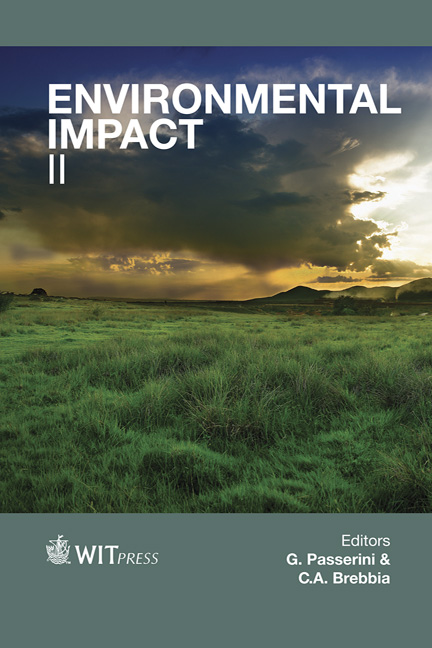Rainwater Infiltration In The Urban Areas
Price
Free (open access)
Transaction
Volume
181
Pages
8
Page Range
313 - 320
Published
2014
Size
724 kb
Paper DOI
10.2495/EID140271
Copyright
WIT Press
Author(s)
G. Markovič, M. Zeleňáková, D Káposztásová & G. Hudáková
Abstract
A serious problem in recent years of waterworks praxis has appeared to be the one with growing necessity for surface water detention . Continuous growth of natural terrain coverage for building construction, industry, free time activities and transport reasons leads to a widening of the area of build surface and lack of natural terrain with a capability of natural rainfall water infiltration. This causes serious damage to the natural water cycle. In cases where rainfall water falls on natural terrain, most water soaks in the soil and becomes part of the subsoil water. Only about 20% of rainfall water comes to rivers or is carried to stormwater drainage. As a consequence of the continuous growth of building construction and urban development, the natural terrain is replaced by compact soil; for example, the roofs of industrial, residential, commercial or other buildings, road networks, car parks etc. When the rainfall water reaches these surfaces almost 80% of this water flows to the waste-water disposal system or rivers and only 20% soaks into the soil. This leads to ecological damage as floods, torrential rain, and the decline of subsoil water level, local soil dehydration and endangering of sensitive ecosystems. It is necessary to build and develop not only urban constructions but also the artificial regulation of water circulation in nature, which contribute to the maintenance of ecological stability of the chosen location. Keywords: drainage, infiltration, rainwater, runoff, shaft.
Keywords
drainage, infiltration, rainwater, runoff, shaft.





